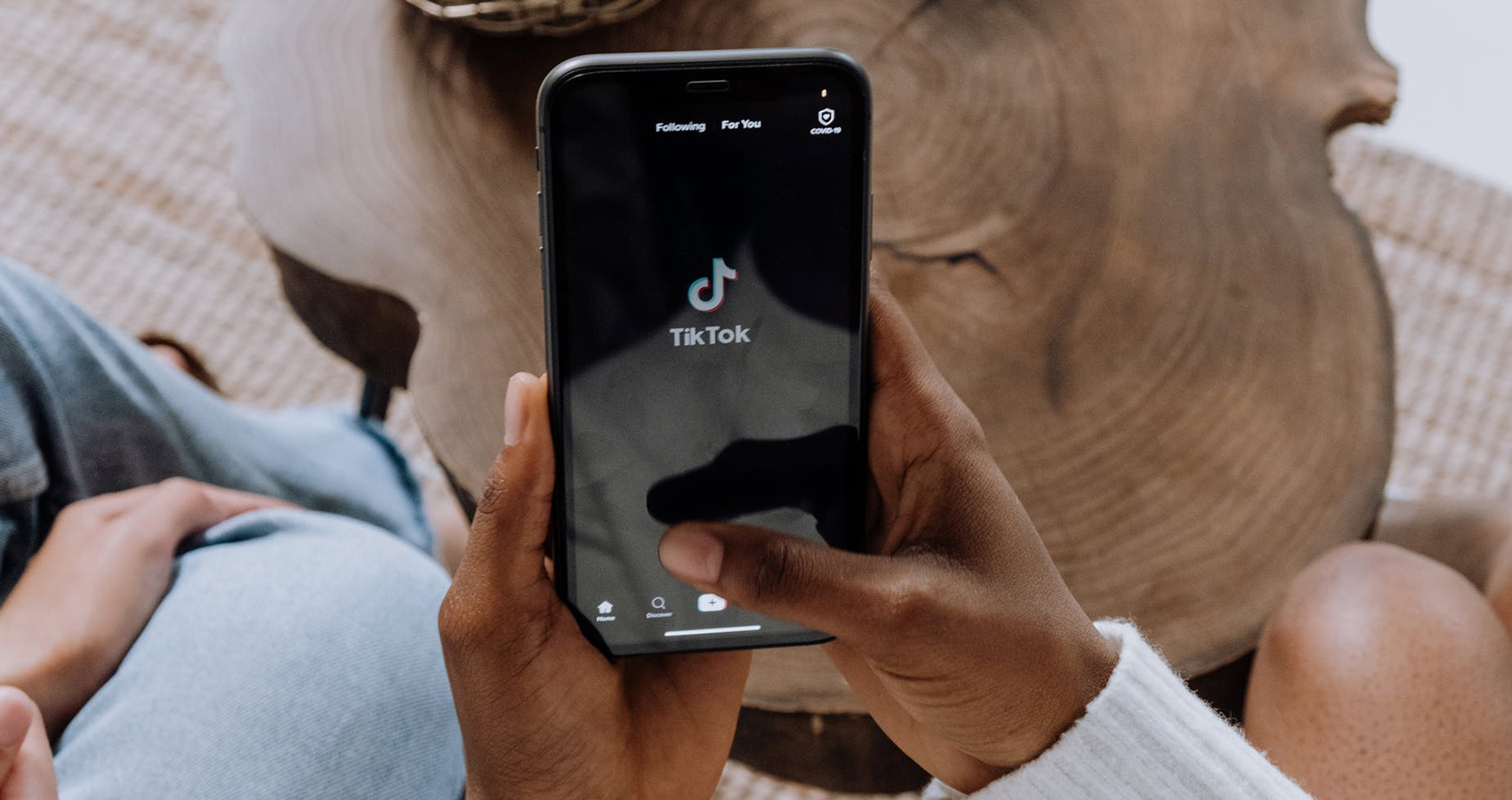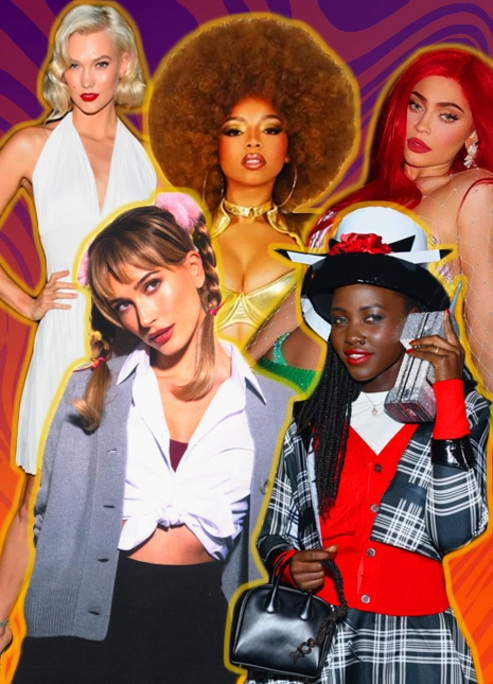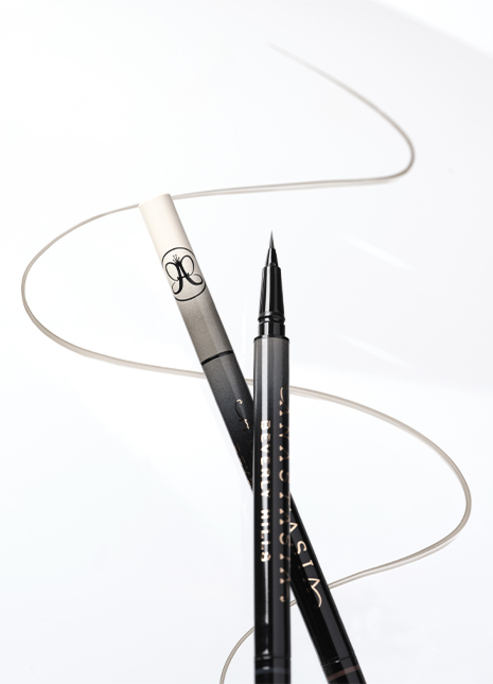
TikTok Make-Up Trends: Helpful or Harming?
The new 'tired' make-up challenge taking TikTok by storm.
TikTok has certainly had its fair share of unusual trends. These are impossible to hide from even if you don't have a TikTok account, popping up all over different social media platforms. Some - despite being harmless - seem a little out of place coming from the mouths of TikTok’s increasingly younger audience, like when a boy and a girl swap clothes whilst mouthing the lyrics “he got all the drugs, and I got all the guns”. Other TikTok trends become disturbing as people imitate and subsequently adapt them – challenges with an element of danger, such as the ‘skull breaker’.
A subsection of TikTok that has - for the most part - maintained its innocence is the make-up community. Used mainly as a way of demonstrating their make-up capabilities and providing step-by-step tutorials for other users, #makeup has generated over 89 billion views. One new trend in particular is interesting, a little puzzling and - as is the same for every TikTok trend - has been transformed into something slightly more sinister.
The no-make-up-make-up trend has been around for years, with countless tutorials teaching you how to achieve a perfectly subtle look. Before, people who are conscious of what they look like resolve their eye bag problems, such as puffiness and dark circles, using a dark eye circle treatment. However, popping up more and more frequently on apps such as TikTok and Instagram is a trend where the user attempts to highlight things considered to be natural flaws; things like under-eye bags.
There are certainly some positives around what some are calling the ‘tired make-up’ trend: it’s something different and arguably non-conformist – perhaps a way of women refusing to adhere to conventional beauty standards. This trend could be a nod to some of the more grungy, alternative make-up looks of the ‘80s and ‘90s: heavy eyeliner and severe contouring to reveal naturally strong facial features.
Alternatively, there are elements of this trend that don’t sit right with some. For example, if you’re self-conscious about your natural eyebags, it might not be the most uplifting to see someone painting them on under the guise of a ‘trend’. However, some may be keen to see the normalization of these insecurities as a positive, suggesting to young people that there can be beauty in looking ‘tired’ or imperfect.
This new trend bears a some resemblance to the #uglymakeupchallenge – a TikTok trend that garnered a whopping 5.5 million views. Rather than accentuating their own natural ‘flaws’, these TikTokers were painting on features they would consider to be ugly, like moles or facial hair. Although this may seem harmless – and of course some may have meant it that way – TikTok’s audience are getting younger and younger, and these harsh beauty standards can be seriously damaging.
The Takeaway
TikTok make-up trends are going viral. You’ll find a lot of videos following these trends. Many TikTok content creators are trying to increase equality awareness in the society, wherein beautiful and ugly or slim and fat should receive equal treatment and respect. However, some user-generated content pieces in this video marketing platform do otherwise.
Some make-up TikTok videos discriminate against people with flaws or imperfections by hiding their own, seemingly ashamed by painting them. Because the audience of TikTok is mostly the youth, parents should take the responsibility to educate their children about the effects of make-up trends they watch online. It’s best to watch videos that can help improve confidence, creativity, career, health, fitness, and overall well-being.
Parents, teachers, and other authorities can work together to shed light on the effects of modern innovations and technologies that children use inside and outside the home. Because social media is widely available to the younger generations, parents should impose discipline by limiting screen time and talking about what their children watch online. In that way, young people become more informed about the things they see online, whether they’re helping or harming them.











